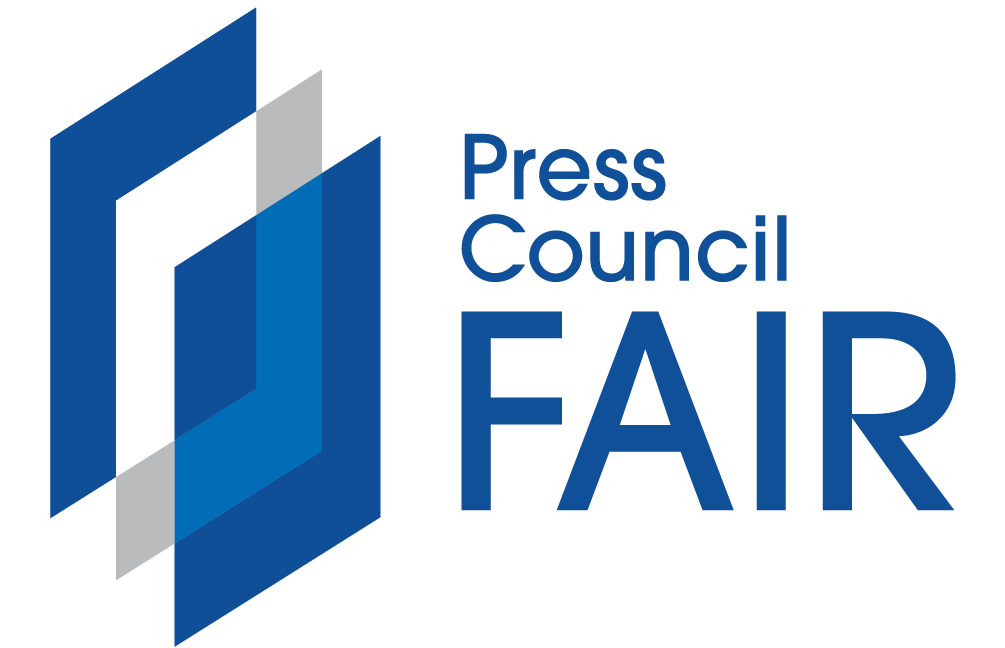Two in every five public schools don’t have sports facilities
The situation is worse than it was eight years ago, if the education department’s data is anything to go by.
There is an astonishing lack of sports facilities in South Africa’s public schools, particularly in the more rural provinces of Limpopo, KwaZulu-Natal and the Eastern Cape.

The system that the Department of Basic Education (DBE) uses to capture school infrastructure information, known as the National Education Infrastructure Management System (Neims), reported in 2021 that 10,038 of the 23,276 public schools in the country – or two out of every five schools – don’t have sports facilities at all.
Just over half, 57%, of the country’s schools have sports facilities. But the Neims report does not keep track of whether the facilities are functional and in good condition or not.
“The [Neims] system reports on facilities which are on site. If the sport[s] facility is not functional, it is still reported [as] being available. The condition and usage [are] the responsibility of the school,” said DBE head of planning Mafoko Ramasedi in response to emailed questions.
The Regulations Relating to Minimum Uniform Norms and Standards for Public School Infrastructure state that all schools are required to have areas for physical education, sports and recreation. This is currently not the case.
They don’t, however, define whether these “areas” should be actual sports facilities, like grass soccer pitches or properly marked-out netball courts.
Sport is essential for the physical, mental and social development of children. It helps them learn soft skills, such as the importance of key values such as honesty, teamwork, fair play, adherence to rules, and respect for themselves and others, according to Sport for Development, a Unicef programme, which aims bring about social change and cohesion in distressed communities.
Children spend about a third of their day at schools, so having sports facilities there, ensures that they are accessible to them in a centralised place.
What sports facilities do schools have?
The Neims report lists 10 types of sports facilities: rugby, cricket, soccer, hockey, netball, tennis, squash and athletics, as well as swimming pools and combi courts.
South Africa’s schools are more likely to have netball and soccer facilities than any of the other sports facilities recorded in the Neims report. Nearly half of the schools have netball courts and one in three schools have soccer fields.
For the other sporting codes, fewer than one school in 10 have facilities. That includes rugby and cricket.
The chart below shows the percentage of schools that have each of the 10 types of facilities listed in the Neims report for 2021.

How are school sports facilities distributed across provinces?
Some provinces have received the short end of the stick, as school sports facilities are evidently not equitably distributed.
Two-thirds of the schools in the Eastern Cape have no facilities and just over half in KwaZulu-Natal, according to the 2021 Neims report.
The Eastern Cape, Limpopo and KwaZulu-Natal’s provincial averages are consistently lower than the national average across the facilities in all sporting codes.
There are about 16,000 schools in those three provinces. More than half of them were classified as rural schools in the 2018 school masterlist, the last one that provided this classification. And over 80% of them are no-fee paying schools, which are usually those situated in the poorer areas.
At the other end of the scale, about one in five of the schools in Gauteng (23%) and the Western Cape (25%) have no sports facilities.
In Gauteng and the Western Cape, the two provinces whose provincial averages are consistently higher than the national average across the sporting codes, more than half of the schools are classified as urban. These two provinces also have a higher proportion of fee-paying schools at 39% in Gauteng and 54% in the Western Cape.
No visible improvement
There are huge [school infrastructure] backlogs that had to be addressed and these include sports facilities, Ramasedi told The Outlier.
But the Neims reports published between 2013 and 2021 give no indication that these backlogs are being dealt with. In fact, the percentage of public schools without facilities has increased by about 6% during this period.
Whether the numbers in the Neims reports are a true reflection of the situation in schools may be questionable, because since 2014 the reports have understated the overall percentage of schools without sports facilities.

Ramasedi said this was the fault of a system error made when the Neims standards reports were developed.
It also seems highly unlikely that only three schools in Mpumalanga have rugby facilities as the 2021 Neims report states.
Schools, Ramasedi said, are provided with sports facilities when a new school is built or when a replacement school is provided.
“There are also standalone programmes to provide sports facilities to schools and they are also included in the scope of work when doing some major upgrade and replacement projects.”
However, the publicly available data in the Neims reports doesn’t support that claim.
He added that schools without the sports facilities “must forge relationships with their communities and make use of facilities in their neighbouring schools or local communities”.
Further, sports facilities are recognised as support areas for enabling education, according to the Regulations Relating to Minimum Uniform Norms and Standards for Public School Infrastructure.
Therefore, their unavailability is in contravention of these regulations.



